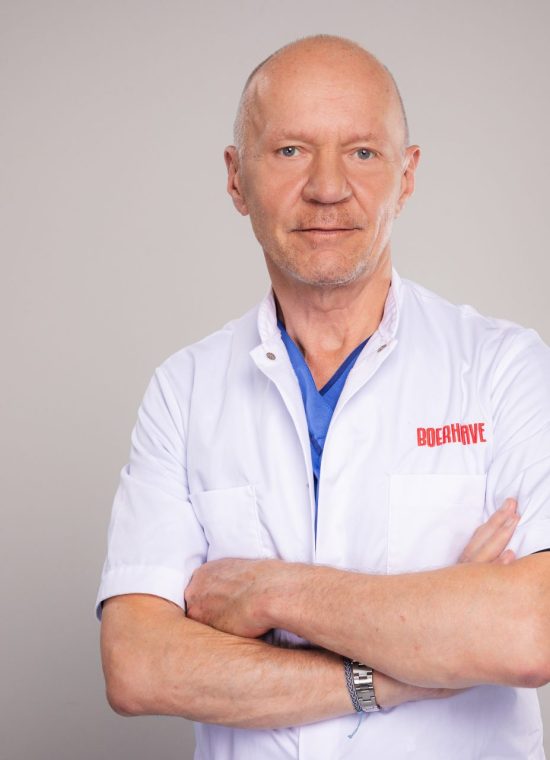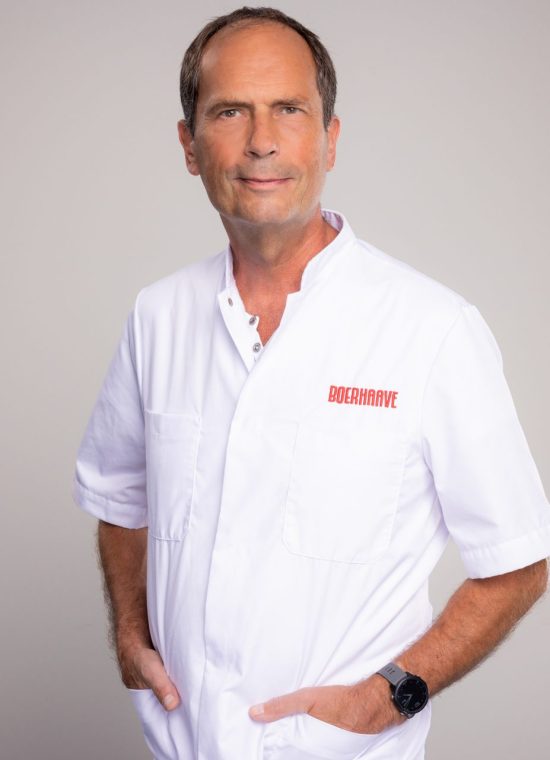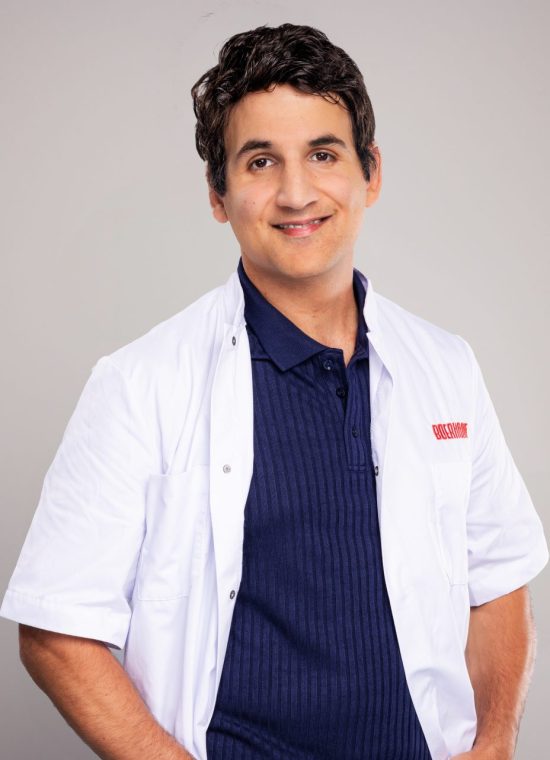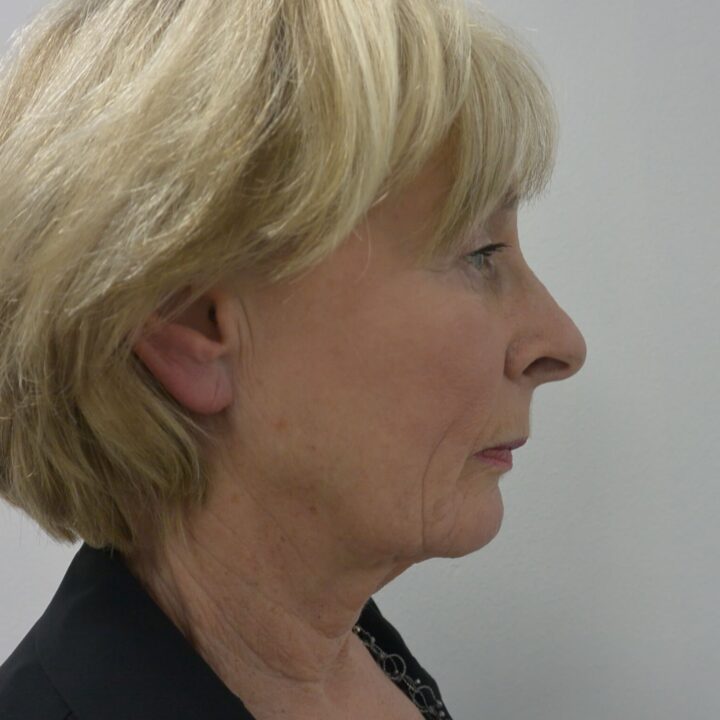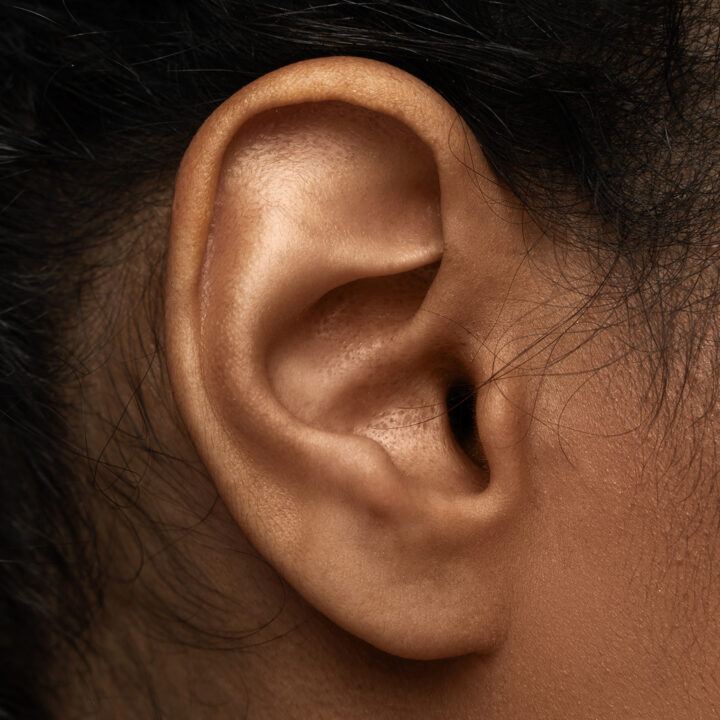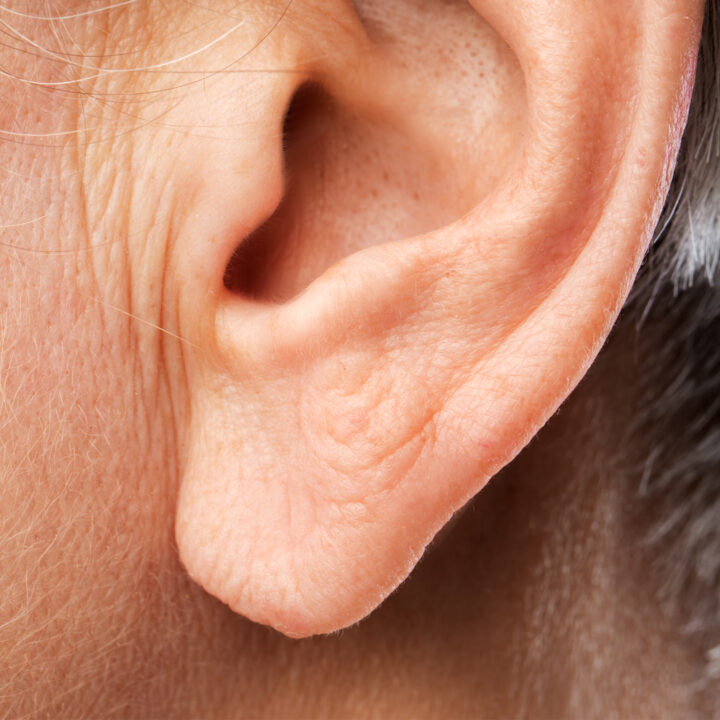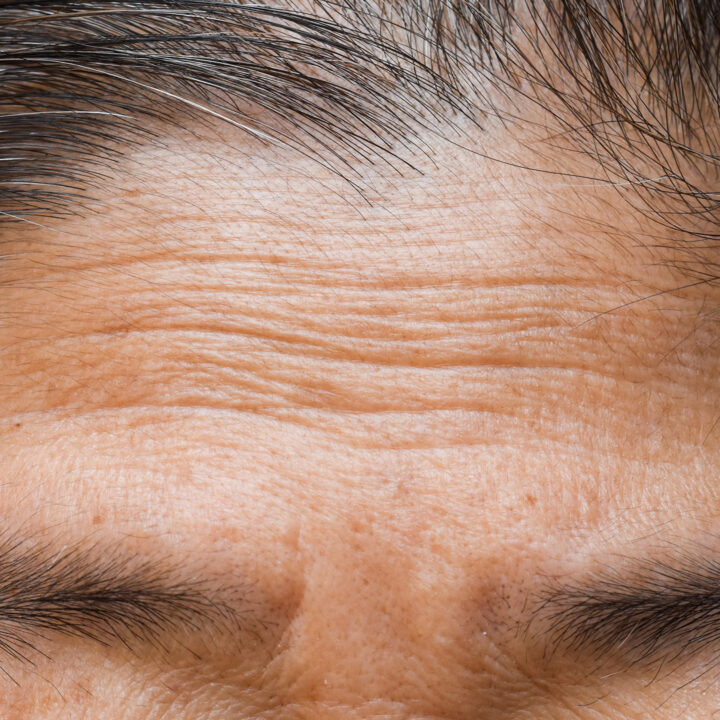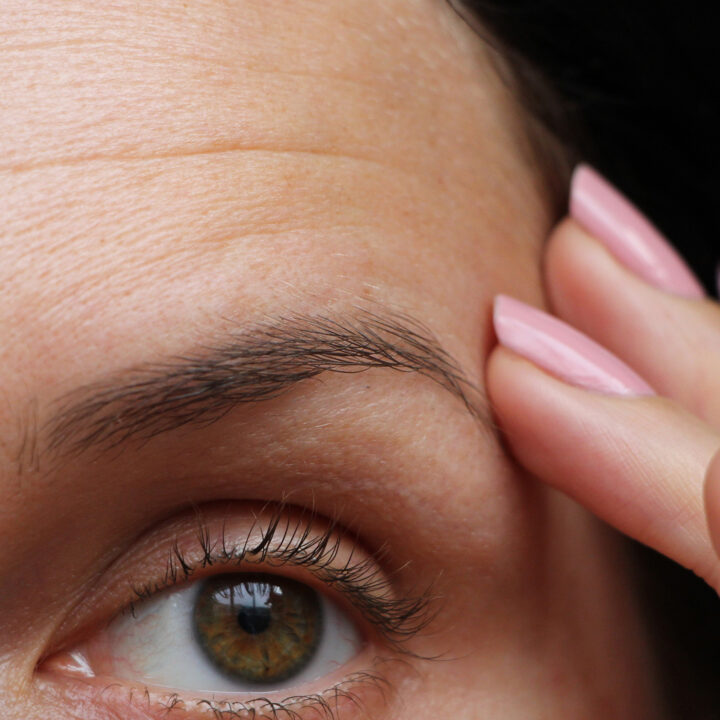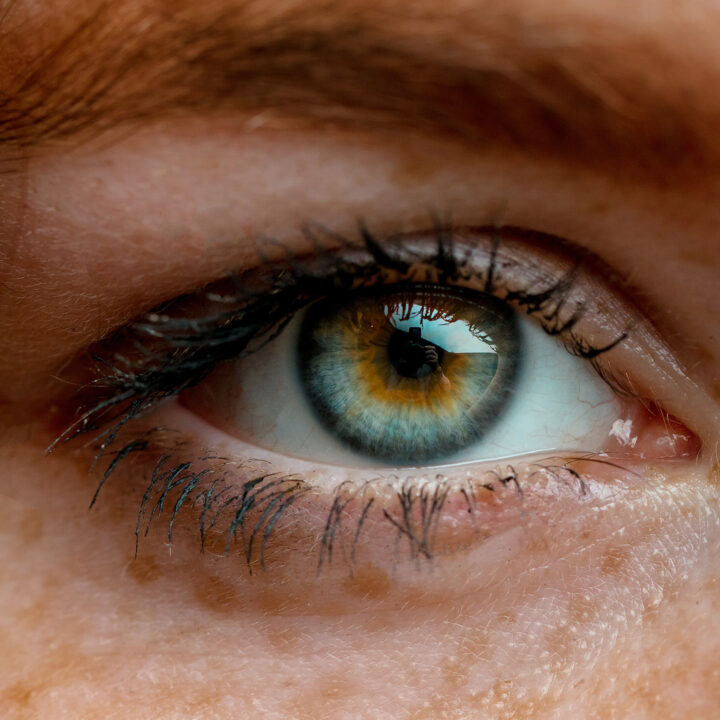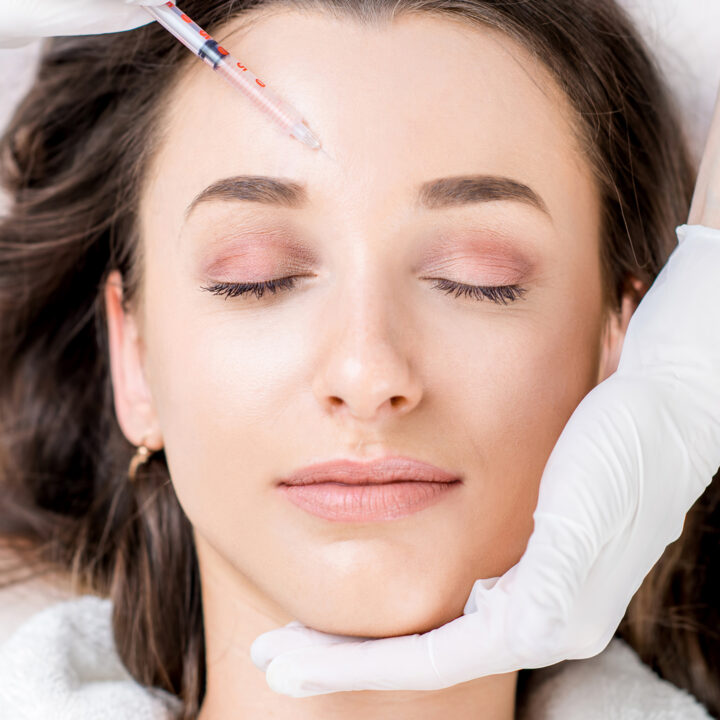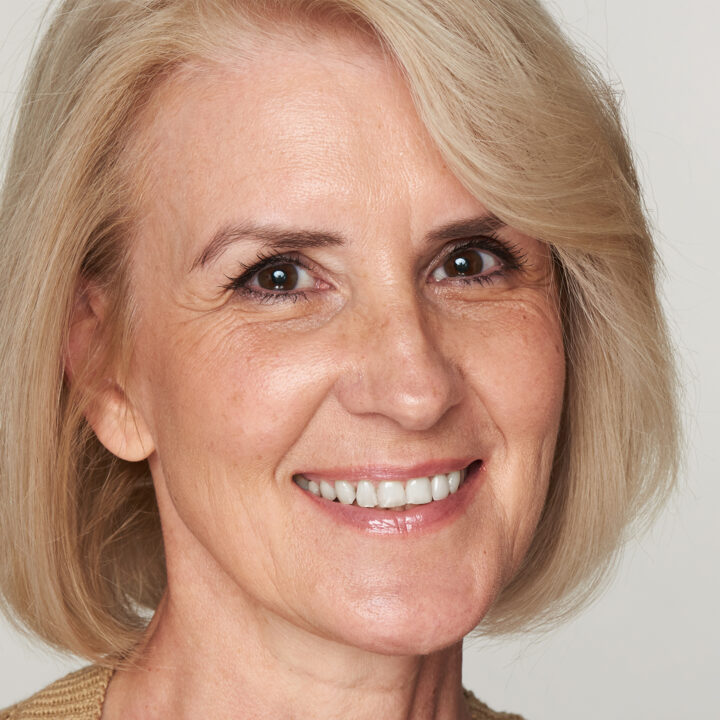Neck lift
A neck lift (also called a z-plasty) is an excellent solution to remedy excess and sagging skin on your neck and under your chin.
The skin can be excised by making a small incision (in the shape of a ‘z’) under the chin. The results of this treatment can only be seen in the neck, and a visible scar is left behind.
What does the neck lift cost
01 More information
People bothered by sagging skin under their chins (known as a “turkey neck”) opt for this treatment. A neck lift alone usually only delivers the desired results in a few cases. People with loose skin on their necks generally have loose neck muscles too. If this is the case, it is recommended to undergo a combined neck lift and facelift. In this combined procedure, the skin and underlying muscle tissue are pulled back from behind the ear, which also sculpts the whole neck region.
A neck lift (z-plasty) can be performed under local sedation as a day care procedure. This means that you are generally free to go home on the same day.
02 Consultation
Plastic surgeon
The consultation is always held with the plastic surgeon who will be carrying out your procedure. During this first consultation, you can discuss what bothers you the most about your neck and what you would like to have changed. Your plastic surgeon will take photos for your medical file, and will examine your face and specifically your neck region. In front of a mirror, you will both talk about what you want to achieve with respect to your neck The plastic surgeon will then suggest the most suitable surgical technique for you and discuss it with you. In front of the mirror, you will be shown what this technique entails and what you can expect in terms of end results. The expected recovery period and any risks and complications will also be talked through with you.
You will then be in a position to make a well-informed decision. The plastic surgeon will show you before and after photos of neck lift procedures they have previously performed, and you will then have a further opportunity to ask any questions you may have. A summary of your consultation will then be set out in a treatment plan, and the overall costs will be discussed with you directly. The consultation will take approximately 45 minutes, and aims to inform you as clearly and fully as possible.
Consultants
Following on from your first consultation with your plastic surgeon, you will have an appointment with your consultant. The aim of this appointment is to tell you about the general aspects to be arranged with respect to your neck lift.
03 Procedure
You are expected to arrive at the Boerhaave clinic half an hour before your procedure.
The neck lift is often performed under local sedation, but it can also be carried out under general anaesthetic. The plastic surgeon makes an incision right under the chin, in the shape of a “z”, which is why this neck lift procedure is also referred to as a z-plasty. Excess skin is removed. After the wound has been stitched, a pressure bandage is placed over it. You are allowed to go home the very same day.
04 After care and recovery
You usually do not feel much pain after a neck lift, although there is a chance of swelling and bruising around the treated area. To prevent this as much as possible, you are advised to wear the pressure bandage for 1 week after the neck lift. After a few weeks, the results of the neck lift will generally be plain to see. However, it will not be possible to see the end results of the neck lift until after a year.
You will go back to see the plastic surgeon or nurse a week after the neck lift for a check-up and to have the pressure bandage and knots of the stitches removed. Check-up consultations are made as agreed with the plastic surgeon.
Scar cream
At your first check-up, you will be given a scar care cream to take home with you. Once the wound has closed and the scabs have disappeared, you can start applying the scar cream. If you apply this cream to the closed wound twice a day, you increase the chance of the wound healing nicely.
05 Results
The results of a neck lift procedure will be visible almost immediately. There will be a bit of swelling to start with, which will disappear within a few weeks. It will take several months before the definitive results can be seen.
The scar from this procedure may remain visible for longer, but will gradually fade over the course of time. The results of a neck lift generally last in the long term.
06 Risks and complications
It is important you are aware that every surgical intervention can entail risks and complications. Plastic surgery procedures are in principle carried out on healthy people, so the risks and chances of complications are low. We make sure any risks are reduced to an absolute minimum, by providing plenty of information, taking a thorough medical history (noting your case history, including medication, any problems experienced in previous operations, allergies, etc.) and applying our professional procedures.
A neck lift is successfully performed on many people each year at the Boerhaave Medical Centre. The chances of any complications arising are luckily rare. You can help reduce certain risks by carefully reading through the instructions you are given prior to your neck lift.
Possible complications of a neck lift may be:
- Haematoma (blood clot under the skin which has to be removed)
- Adverse reaction to the sedation
- Haemorrhaging
- Infection
- Change in sensitivity
- Permanent scars
- Damage to underlying structures
- Unsatisfactory aesthetic result.
Smoking
Patients who smoke or use tobacco or nicotine products (such as nicotine patches and chewing gum) at the time of their surgery have a greater risk of complications, such as skin loss and impaired wound healing. People who are exposed to passive smoking may also have an increased risk of complications such as these. What’s more, smoking may have a negative effect on the anaesthesia, which may in turn lead to an increased risk of bleeding. People who are not exposed to tobacco smoke or nicotine-containing products have a significantly lower risk of such complications. It is important not to smoke for at least 2 weeks prior to the operation and to keep this up for the entire recovery process.
More information
Plan your appointment now in our agenda or let us call you back.
